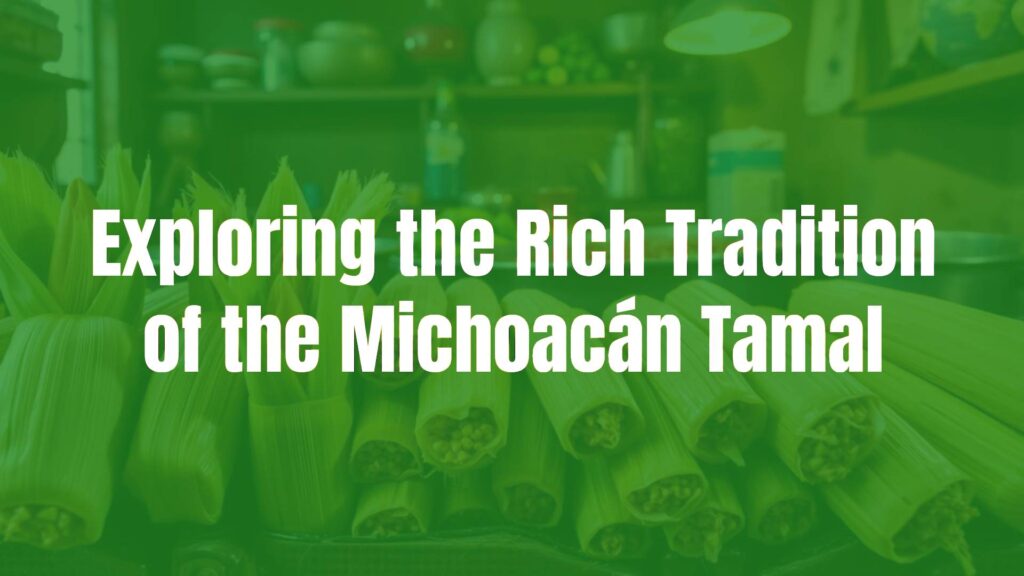Michoacán Tamal: Distinctive Features and Identity
The tamal from Michoacán stands as a proud representative of the diverse culinary heritage of western Mexico. While tamales are found throughout Latin America, Michoacán tamales are recognized for their distinctive preparation techniques and the regional flavors that set them apart. From their generous fillings to their careful folding method, these tamales offer a flavorful and satisfying experience to anyone eager to sample authentic Mexican cuisine.
Historical Context and Cultural Relevance
Michoacán boasts a deep-rooted culinary history, with indigenous Purépecha traditions intermingling with Spanish colonial influences. Tamales have formed a fundamental part of celebratory meals and communal gatherings in the region for centuries. In particular, the Tamal de Corunda—a triangular, leaf-wrapped variety—is regarded as an emblematic dish. Tamales from this state often feature in religious observances, weddings, and other significant cultural events, highlighting their enduring social significance.
Key Ingredients and Core Characteristics
The Michoacán tamal is typically constructed with freshly ground masa (nixtamalized corn dough) as its foundation. A defining aspect is its filling, which can include meats such as pork, chicken, or beef, flavored with rich sauces like mole or red salsa. Lard or vegetable shortening is often incorporated to achieve a tender texture, and regional herbs or spices such as epazote may be added for depth of flavor. Unlike many central Mexican tamales, those from Michoacán are frequently steamed in corn leaves (rather than banana leaves), imparting a subtle, earthy aroma to the finished dish.
Variations Unique to Michoacán
A standout variation is the corunda, distinguished by its triangular or star-shaped form and lack of filling, allowing the flavor of the masa to shine, typically accompanied by cream and rich salsas. Another well-known type is the uchepo, a sweet tamal prepared with fresh (rather than dried) corn, giving it a moist, delicate texture and subtle sweetness. Some versions are savory, while others feature cheese, rajas (poblano strips), or even sweetened fillings for variety.
Serving Suggestions and Complementary Pairings
Michoacán tamales are often enjoyed freshly steamed, paired with a thick, tangy atole (corn-based drink) or hot chocolate, especially during breakfast or merienda (afternoon snack). On festive tables, they may be served alongside robust mole sauces, queso fresco, or Mexican crema. For a harmonious meal, consider pairing them with pickled vegetables or refried beans. Depending on the occasion, a mild fruit salsa or traditional Mexican coffee can elevate the experience further.
Ingredient Adaptations and Modern Interpretations
Although rooted in tradition, Michoacán tamales lend themselves to adaptation. Vegetable shortenings or oils can replace lard for those seeking plant-based alternatives. Fillings may be customized based on seasonal produce or dietary needs, and vegan or vegetarian options—such as mushroom and squash—are increasingly popular. Contemporary chefs sometimes experiment with the traditional wrapping technique or incorporate global ingredients, demonstrating the dish’s versatility while preserving its regional essence.
Conclusion
The Michoacán tamal, in its many forms, remains a cherished staple within Mexican gastronomy. Its intricate history, rich flavors, and adaptable nature exemplify the vibrant culinary spirit of Michoacán. Whether enjoyed as a humble street food or as part of a celebratory feast, this tamal continues to captivate palates and foster connections to the region’s storied past.

